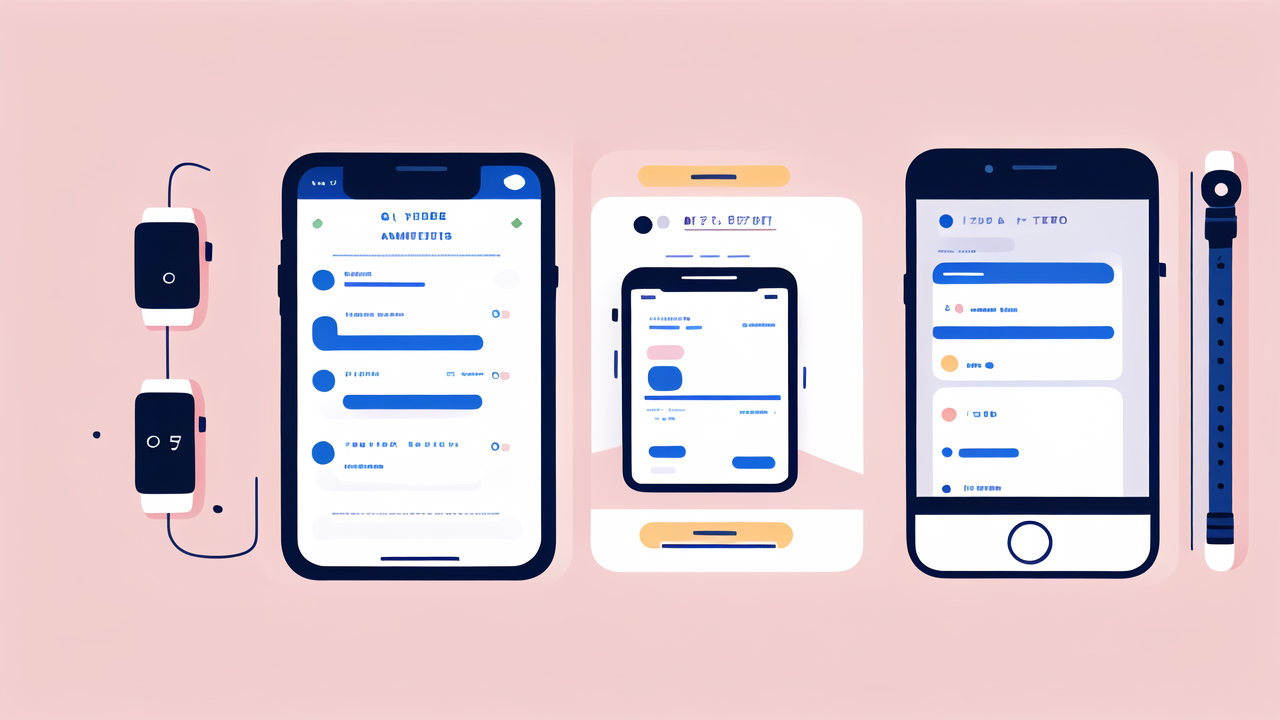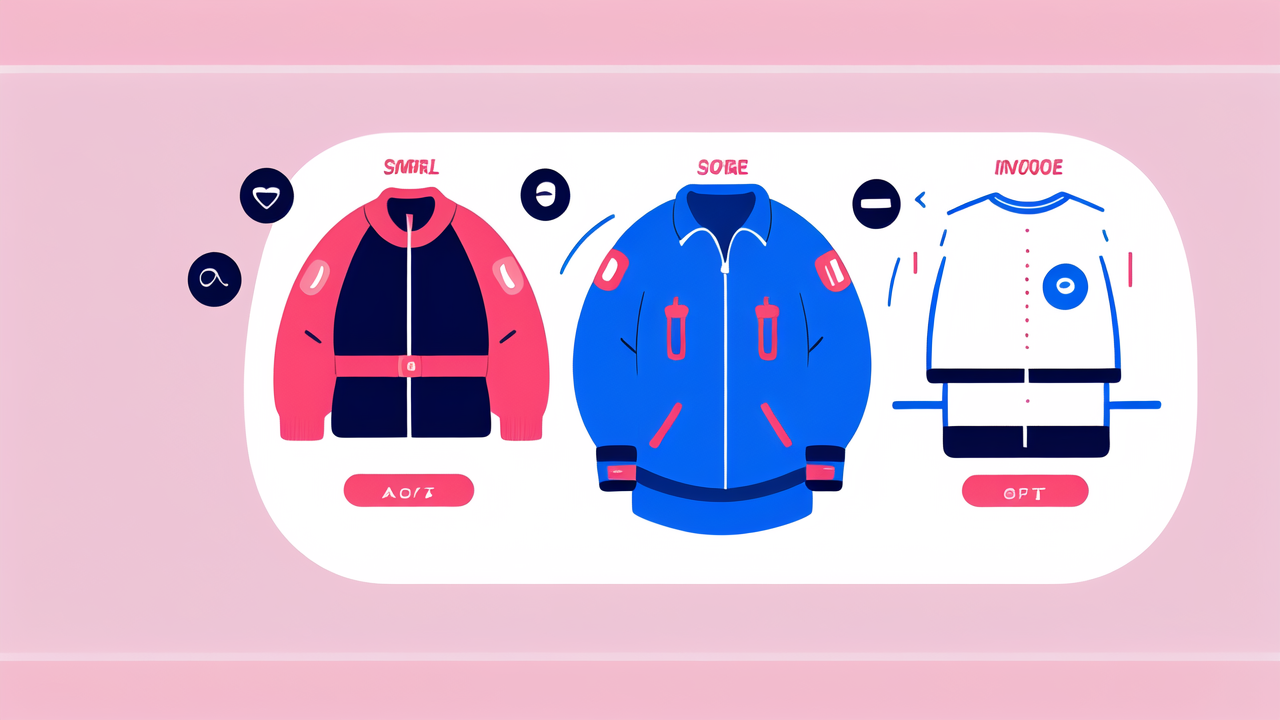The Evolution of Wearable Fashion Tech in the United States
Pioneering Wearable Tech Innovations
Wearable tech in fashion has come a long way in the US. Early innovations focused on simple LED displays.

These were often seen in novelty items like light-up shoes. As technology advanced, so did the possibilities.
Pioneers in the field began exploring ways to integrate more complex tech into clothing. This included
conductive fabrics and miniature sensors. These early efforts laid the groundwork for today's smart apparel.
Companies like Google and Apple played a key role in advancing wearable tech. Their research and development
pushed the boundaries of what was possible. This led to breakthroughs in areas like flexible displays and
battery technology.
The Rise of Smart Clothing and Accessories
Smart clothing and accessories have gained popularity in recent years. These items go beyond simple step
tracking or heart rate monitoring. They offer a wide range of features and functionalities.
For example, some smart jackets can control your music or answer phone calls. Others can adjust their
temperature based on the weather. Accessories like smart rings can track sleep patterns and stress levels.
Brands like Under Armour and Ralph Lauren have embraced this trend. They've launched lines of smart clothing
that blend style with technology. This has helped bring wearable tech into the mainstream fashion world.
The Impact of IoT on the Apparel Industry
The Internet of Things (IoT) has had a significant impact on the apparel industry. It has enabled the
creation of truly connected clothing. This means garments that can communicate with other devices and systems.
IoT in apparel offers benefits for both consumers and businesses. For consumers, it provides enhanced
functionality and personalization. For businesses, it offers valuable data and new revenue streams.
However, the integration of IoT also brings challenges. These include concerns about privacy and data
security. The industry is working to address these issues as wearable tech becomes more prevalent.
Smart Watches and Fitness Clothing: Leading the Charge in the US Market
The Intersection of Health and Style: Wearable Fitness Gear
Wearable fitness gear has become a major trend in the US market. It combines health tracking with stylish

design. This has made it appealing to a wide range of consumers.
Popular items include fitness trackers and smart workout clothes. These products can monitor various health
metrics. This includes heart rate, calories burned, and even posture.
Brands like Fitbit and Garmin have become household names in this space. They offer a range of products that
cater to different needs and style preferences. This has helped drive adoption of wearable fitness tech.
Breaking Down the Smartwatch Phenomenon
Smartwatches have become one of the most popular forms of wearable tech. They offer a combination of
functionality and style that appeals to many consumers.
Leading brands in this space include Apple, Samsung, and Fitbit. Each offers unique features and designs.
This has created a competitive market with options for various preferences and budgets.
Smartwatches can do everything from tracking fitness to making payments. Some even offer cellular
connectivity, allowing them to function independently from smartphones. This versatility has contributed to
their widespread adoption.
Understanding Consumer Demand for Connected Clothing
Connected clothing is an emerging trend in the US market. It refers to garments with built-in technology that
can connect to other devices or the internet.
Consumer demand for these products is driven by several factors. These include the desire for enhanced
functionality, personalization, and convenience. Many consumers are drawn to the idea of clothing that can
adapt to their needs.
However, there are also challenges to adoption. These include concerns about washing and durability. As
technology improves, these issues are being addressed, paving the way for wider acceptance.
Integrating Wearable Tech into Retail and E-Commerce
Leveraging AI and Big Data in Fashion Retail
Artificial Intelligence (AI) and Big Data are transforming fashion retail. They're helping businesses better

understand and serve their customers. This is particularly relevant for wearable tech apparel.
AI can analyze vast amounts of data to predict trends and preferences. This helps retailers stock the right
products and personalize recommendations. For wearable tech, this could mean suggesting items based on a
customer's fitness goals or tech preferences.
Big Data also plays a crucial role in inventory management and supply chain optimization. This is especially
important for tech-integrated apparel, which often has more complex production processes.
Omni-Channel Strategies for Wearable Tech Apparel
Omni-channel strategies are crucial for selling wearable tech apparel. These strategies aim to provide a
seamless shopping experience across all channels. This includes in-store, online, and mobile platforms.
For wearable tech, this might involve virtual try-on experiences or in-store demos. It could also include
integration with fitness apps or smart home systems. The goal is to showcase the full potential of the
product across various touchpoints.
Retailers are also exploring ways to use wearable tech to enhance the shopping experience itself. This could
include using smartwatches for contactless payments or receiving personalized offers.
The Future of Online Shopping for Wearable Fashion
The future of online shopping for wearable fashion looks promising. As technology advances, we can expect
more innovative shopping experiences. This could include virtual reality fitting rooms or AI-powered style
assistants.
We may also see more integration between wearable tech and e-commerce platforms. For example, a smartwatch
could track your activity and automatically suggest new workout gear when needed.
However, challenges remain. These include ensuring accurate sizing for tech-integrated garments and managing
returns. As the industry evolves, new solutions will likely emerge to address these issues.




Leave a comment
This site is protected by hCaptcha and the hCaptcha Privacy Policy and Terms of Service apply.